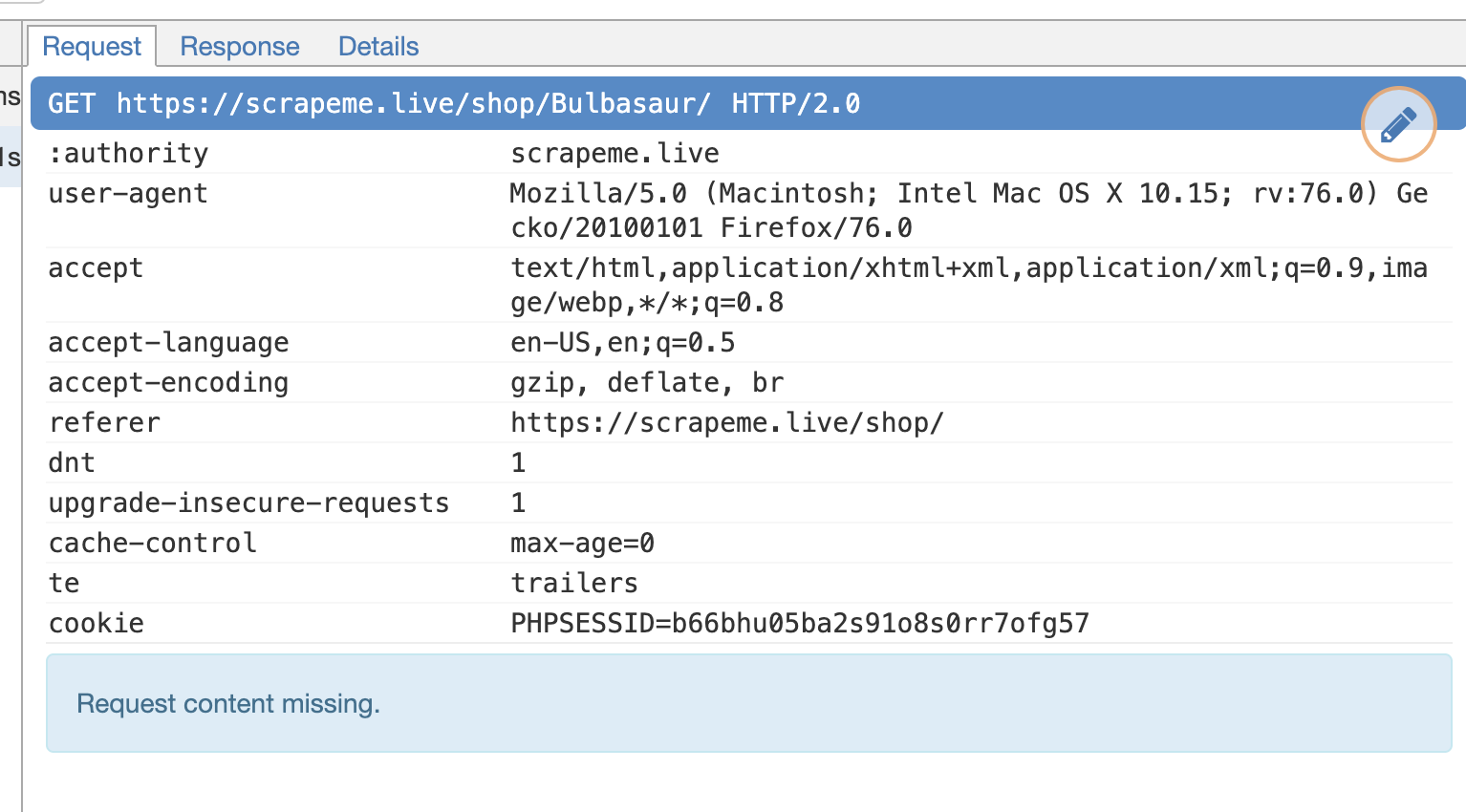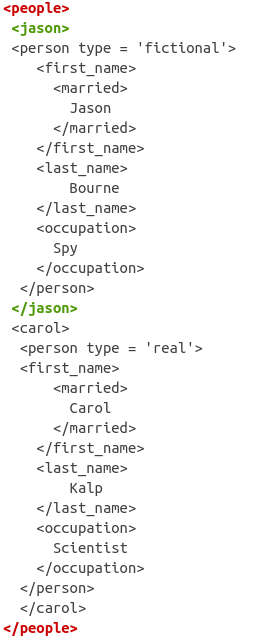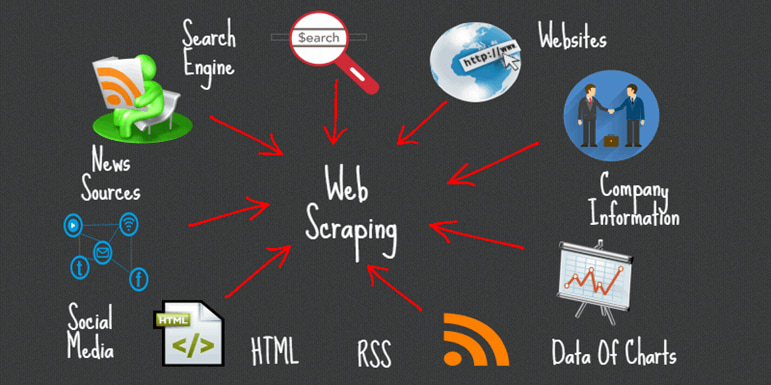lxml and Requests¶
lxml is a pretty extensive library written for parsingXML and HTML documents very quickly, even handling messed up tags in theprocess. We will also be using theRequests module instead of thealready built-in urllib2 module due to improvements in speed and readability.You can easily install both using pipinstalllxml andpipinstallrequests.
Steps involved in web scraping: Send an HTTP request to the URL of the webpage you want to access. The server responds to the request by returning the HTML content of the webpage. For this task, we will use a third-party HTTP library for python-requests. Once we have accessed the HTML content, we are left with the task of parsing the data. Part one of this series focuses on requesting and wrangling HTML using two of the most popular Python libraries for web scraping: requests and BeautifulSoup After the 2016 election I became much more interested in media bias and the manipulation of individuals through advertising. Limit your impact when scraping Every time you load a web page you're making a request to a server, and when you're just a human with a browser there's not a lot of damage you can do. You learnt to scrape them from the website Project Gutenberg (large corpus of books) using the Python package requests and how to extract the novels from this web data using BeautifulSoup. Then you jumped in to analyze the novels using the Natural Language ToolKit ( nltk ).

Let’s start with the imports:
Next we will use requests.get to retrieve the web page with our data,parse it using the html module, and save the results in tree:
(We need to use page.content rather than page.text becausehtml.fromstring implicitly expects bytes as input.)


Requests Web Scraping Software
tree now contains the whole HTML file in a nice tree structure whichwe can go over two different ways: XPath and CSSSelect. In this example, wewill focus on the former.
XPath is a way of locating information in structured documents such asHTML or XML documents. A good introduction to XPath is onW3Schools .

There are also various tools for obtaining the XPath of elements such asFireBug for Firefox or the Chrome Inspector. If you’re using Chrome, youcan right click an element, choose ‘Inspect element’, highlight the code,right click again, and choose ‘Copy XPath’.
After a quick analysis, we see that in our page the data is contained intwo elements – one is a div with title ‘buyer-name’ and the other is aspan with class ‘item-price’:
Web Scraping Online
Knowing this we can create the correct XPath query and use the lxmlxpath function like this:
Web Scraping Free
Let’s see what we got exactly:
Congratulations! We have successfully scraped all the data we wanted froma web page using lxml and Requests. We have it stored in memory as twolists. Now we can do all sorts of cool stuff with it: we can analyze itusing Python or we can save it to a file and share it with the world.
Web Scraping Software
Some more cool ideas to think about are modifying this script to iteratethrough the rest of the pages of this example dataset, or rewriting thisapplication to use threads for improved speed.

